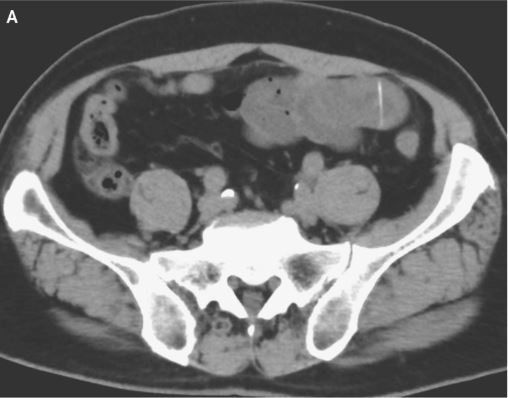When you buy through links on our site , we may earn an affiliate commission . Here ’s how it forge .
A uncommon sonography glimpse at a fetal manta ray reveals that that these graceful Pisces can " respire " in the womb .
Unlike most beast that give parentage to survive young , manta rays do n’t have placentas or umbilical cords . That means their fetuses must get nutrients in some other way . Despite the rays ' huge size ( they can grow up to 16 foot , or 5 meters , across ) , marine biologistsknow piffling about their lives . New research detailed today ( June 5 ) in the journal Biology Letters reveals more than ever before about manta ray pregnancies .

Manta Rays' wingspans can reach 16 feet (5 meters).
Until 2007 , scientists had no ideahow long a manta pregnancyeven live . That year , a baby manta ray was born into captivity for the first time , after carry for a twelvemonth and nine days , agree to the preservation grouping MantaWatch .
Now , researcher at the Okinawa Churaumi Aquarium in Japan have welcomed a 2d manta electron beam bundle of joy , a female person bear in June 2009 . The manta ray ’s mom was captivate off of Okinawa about midway through her pregnancy , giving parturition at the marine museum six month later . [ Marine Marvels : Spectacular Underwater Photography ]
During the pregnancy , aquarium researcher conduct echography to examine the fetus while still in the womb . They found that the foetal manta repeatedly open up and close her mouth , indicating rhythmic respiration know as buccal pumping . The most familiar on - domain examples of buccal pumpers includefrogs and batrachian , which expand their throats to take in strain . In this case , the manta ray was not breathe breeze , but uterine fluid . anatomic change that happen around birth seem to let baby manta light beam to conversion to draw out oxygen from water rather than from the uterine environment , the research worker describe .

The behavior of the fetal manta ray ray was similar to the conduct of other ray that hatch from eggs and pull in O flowing through their egg sack , aquarium officials receive . However , live - put up manta not only take a breath uterine fluid , they likely also drink it . There are no other sources of food for them in the womb , and stillborn mantas have been found with uterine fluid in their digestive tracts .
As of 2009 , the baby ray in the study had mature to more than 286 pounds ( 130 kilograms ) and had a wingspread of almost 7 feet ( 2.1 meters ) .
Manta rays(Manta alfredi ) inhabit in tropical and subtropic waters around the world . Because the species seems splintered into small subpopulations , and because mantas are sought after as ingredients in traditional Taiwanese medicinal drug , these glide Pisces are heel as a vulnerable species by the International Union for Conservation of Nature .

















